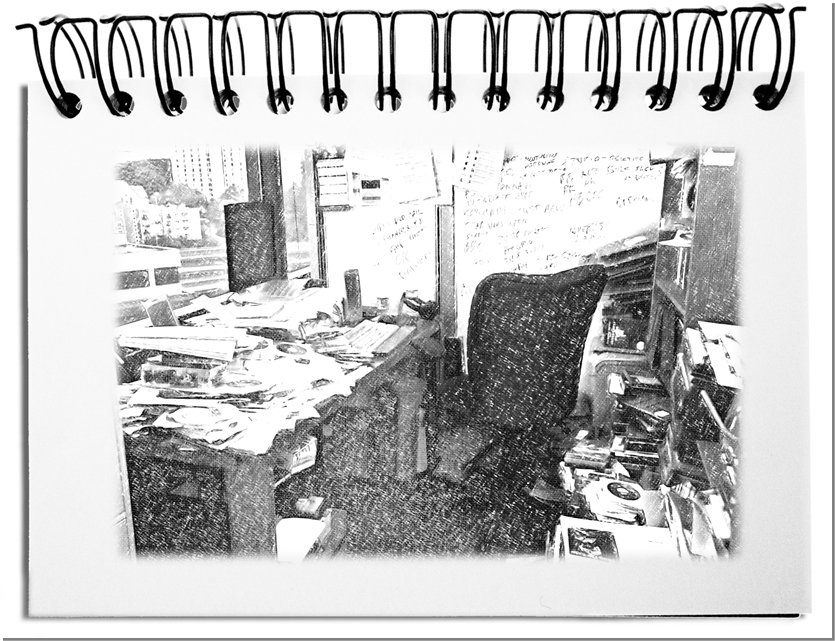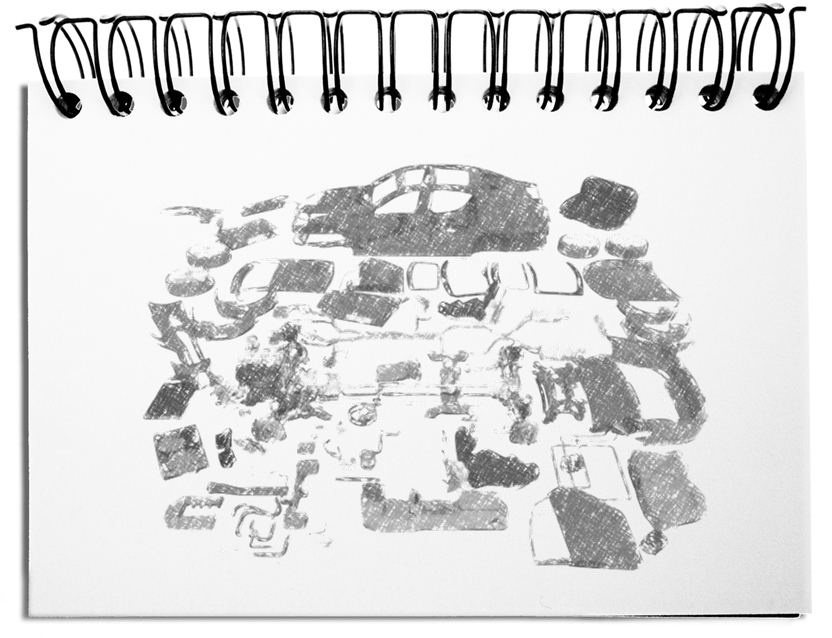Established companies can afford employees who take care of PR. A Start-up consists of a small team that has to take care of all business aspects. In the absence of sufficient resources, they cannot do everything at once. Due to the initial lack of orders and customers, firms are primarily concerned with marketing (i.e., website, SEO, target groups, or advertising) – without realizing that they have to start preparing their deliverables before they promise anything to the market – although Henry Ford already knew: You can’t build up a reputation on what you are going to do.
However, what burdens in the medium term are the homegrown deficiencies. They arise when the deliverables are not ready yet, and false promises are made, the work is not organized, the cooperation lacks leadership, and the employees lose their commitment.
- Inappropriate deliverables
The urge to provide new deliverables, internally or externally, is reinforced by the personal interest in materials, techniques, activities, or abilities. Their passion sometimes leads to deliverables that please the originators but no one else. Even if a comprehensive market investigation is too costly, founders should make efforts to understand their market in advance.
– Which customer groups are being targeted?
– What do these groups expect?
– What issues of the customers will be solved?
– How much are they willing to pay for it?
– What are comparable proposals in the market?
Consciously considering these issues and talking to people of your environment help develop deliverables and reduce the danger of creating inappropriate deliverables. - False promises
Puff is part of the trade. However, the necessary PR needs tangible propositions. Unfortunately, the features are unclear at the beginning of the development, i.e., not everything has been digested or described yet. On the other hand, the increasing share of services cannot be shown through use cases. In addition, wishful thinking and hubris contaminate the promises. This raises unrealistic expectations that inevitably disappoint the clientele.
Only advertise deliverables that are comprehensively described, or better, fit to action. Use the language of your target group without promising something you cannot deliver. - Poor organizing
The design of the entire value chain often begins after the products are fully developed. The roles, procedures, data processing, templates, etc., are missing. The business model is influenced, for example, by the sales channels: e.g., via retail and mail order, an online store, or sales reps. Suppose these channels are not already considered during the organizing. In that case, it can lead to difficulties in the ongoing operations, e.g., due to incomplete or incorrect customer data in the mailing or the clumsy design of the packaging concerning dimensions, weight, protection, and shipping costs. Or let us consider the prepared procedures and templates, e.g., for quotations and invoices.
If the commercial building blocks are not prepared, they burden the daily procedures with additional disruptive activities and double work due to the subsequent correction of flaws. - Unguided collaboration
Unexpected difficulties arise when the development of deliverables obscures the look at leadership and coordination of the employees. The smaller the company, the more spontaneously the founders steer their employees. Even here, groups form with varying degrees of interaction, leading to misunderstandings and conflicting actions. If on top of that, leaders suffer from hubris and think they have to micromanage everything by themselves, then it indirectly leads to disrespectful interaction that undermines the willingness to cooperate.
It is not so much a question of a particular form of organization as of consciously shaping collaboration – and not just when the effects impact on the customers. - Lack of commitment
Founders are motivated by themselves and assume that the workforce feels the same impetus. For a time, this may be true. However, habitual behavior will become ingrained, which also exists in large companies. At that point, at the latest, countermeasures must be taken, as the dwindling commitment will quickly impact performance.
Extensive employee involvement and participation in decisions are effective motivational factors. The participants need a long-term perspective that secures commitment.
Bottom line: Even though the proposals are in the center of interest, the results are burdened by false promises, an ineffective organization, unguided collaboration, and a lack of employee commitment. For this reason, everyone needs to address homegrown threats so that customers do not run away frightened.


